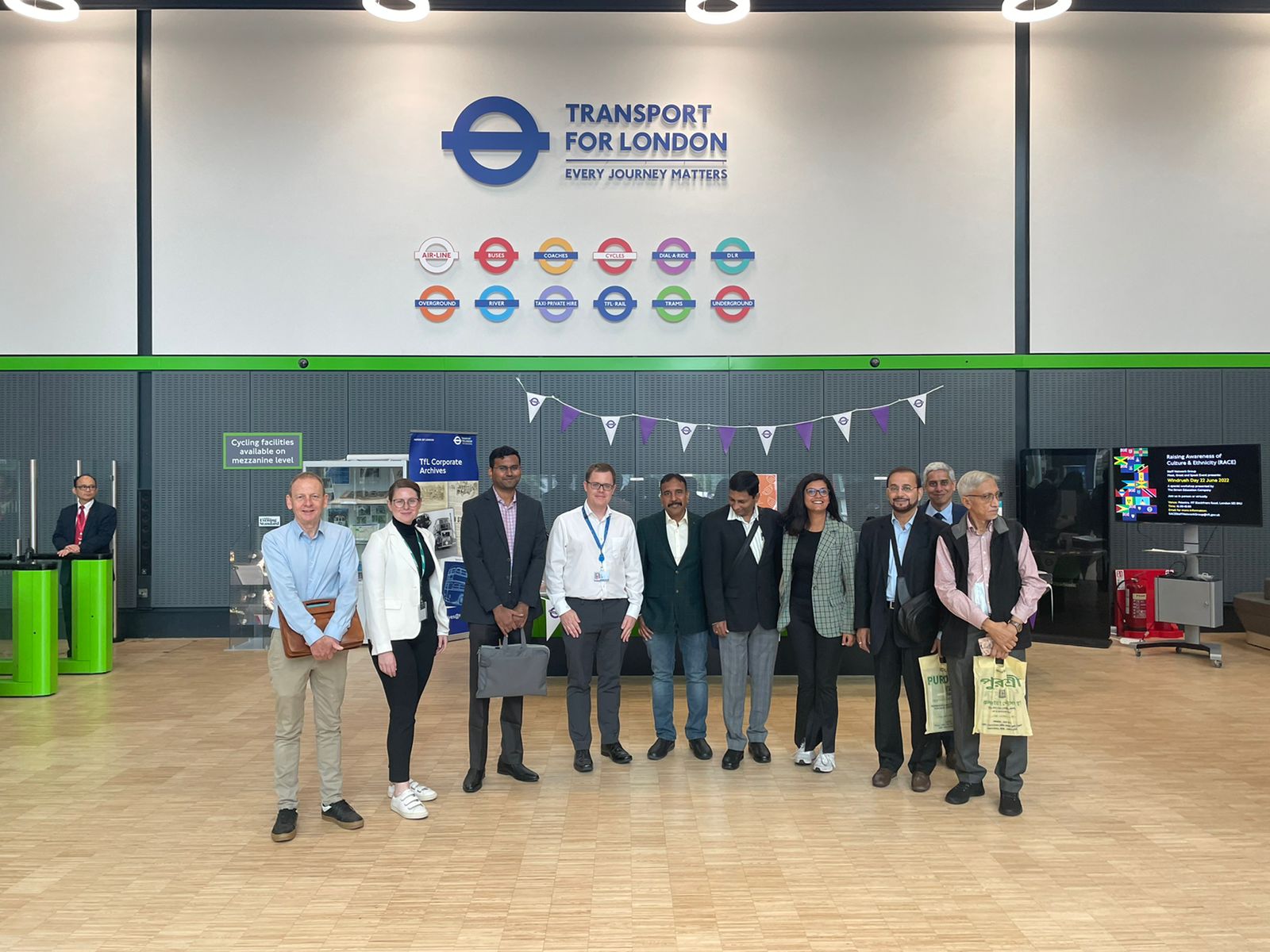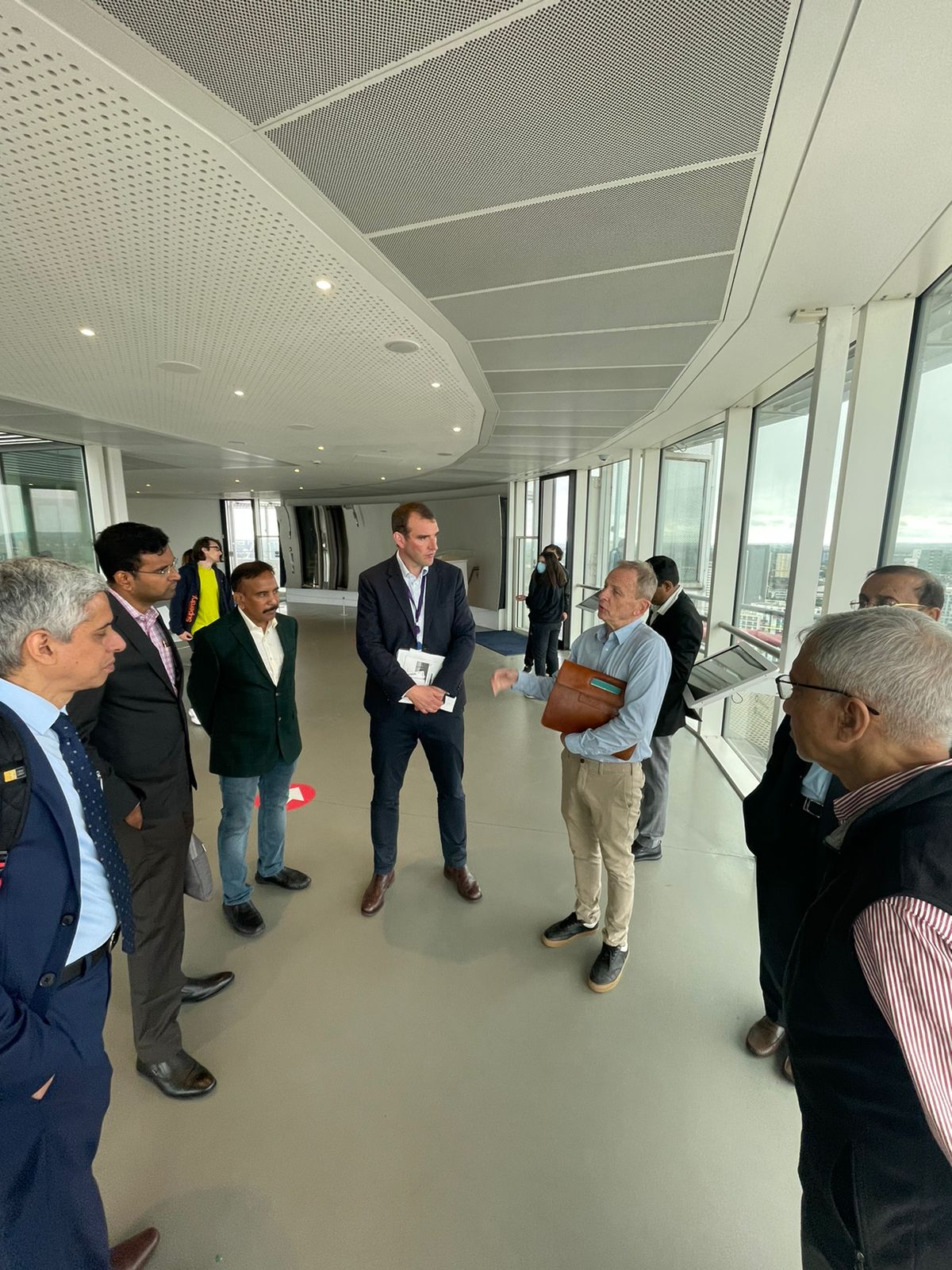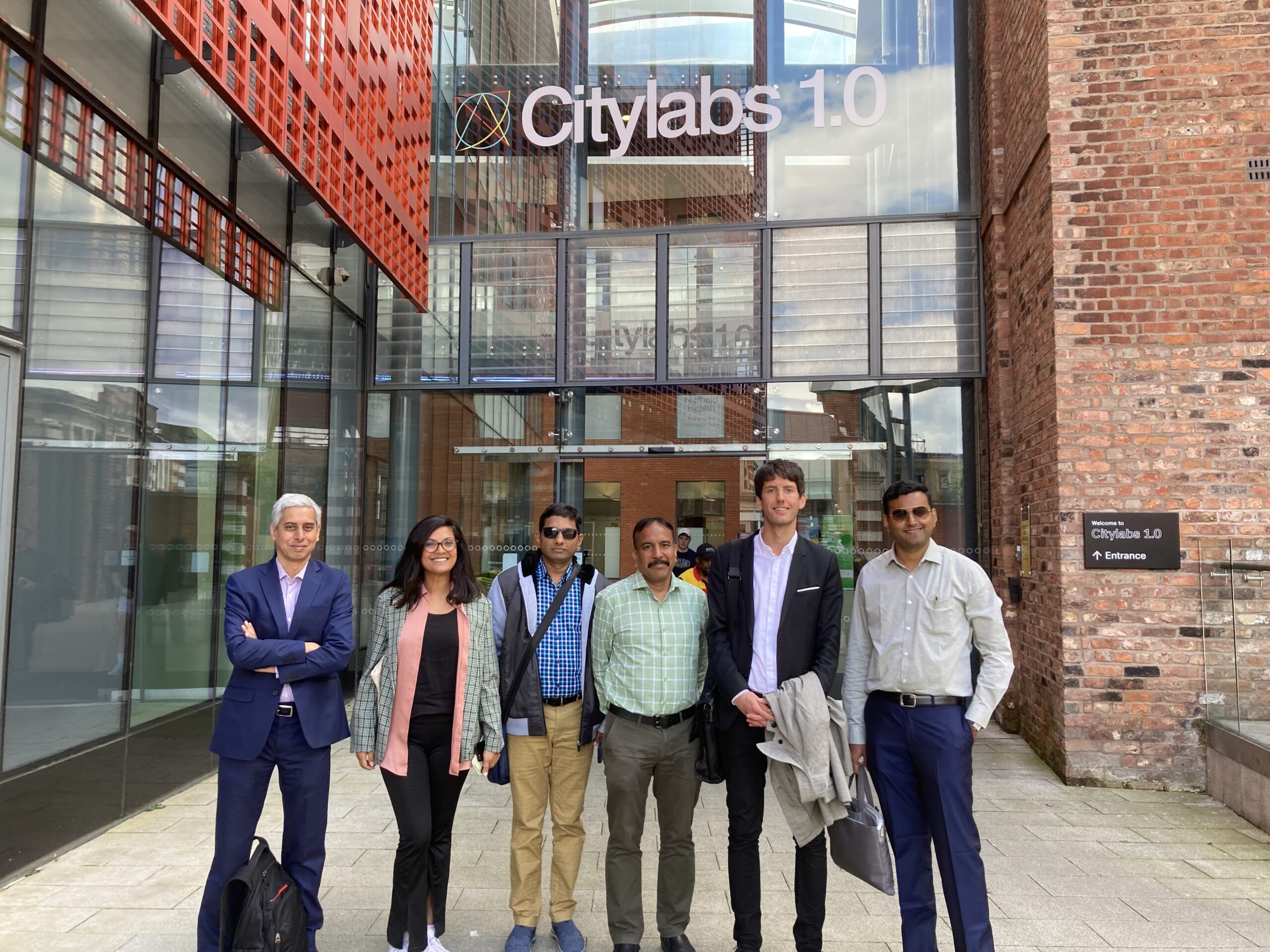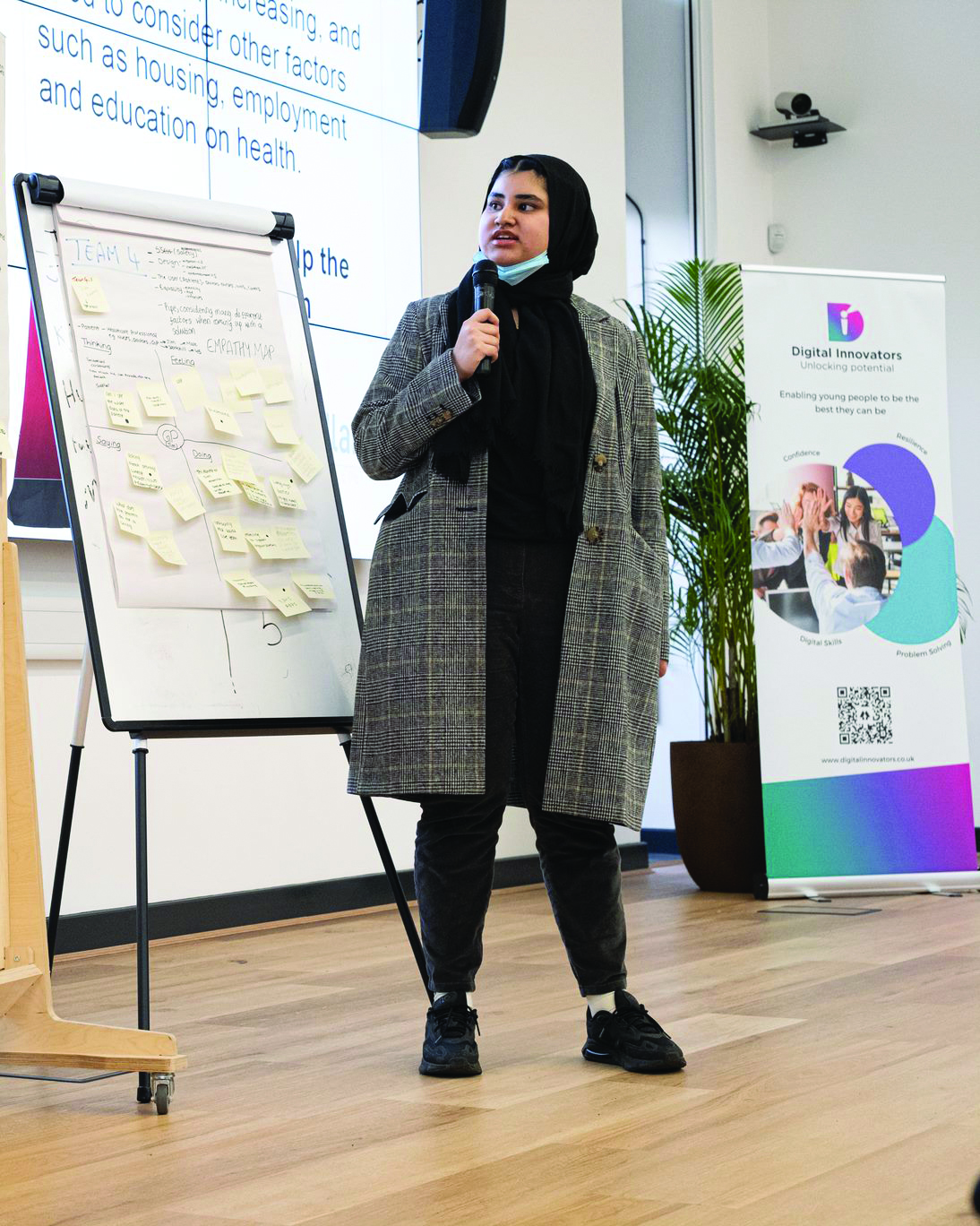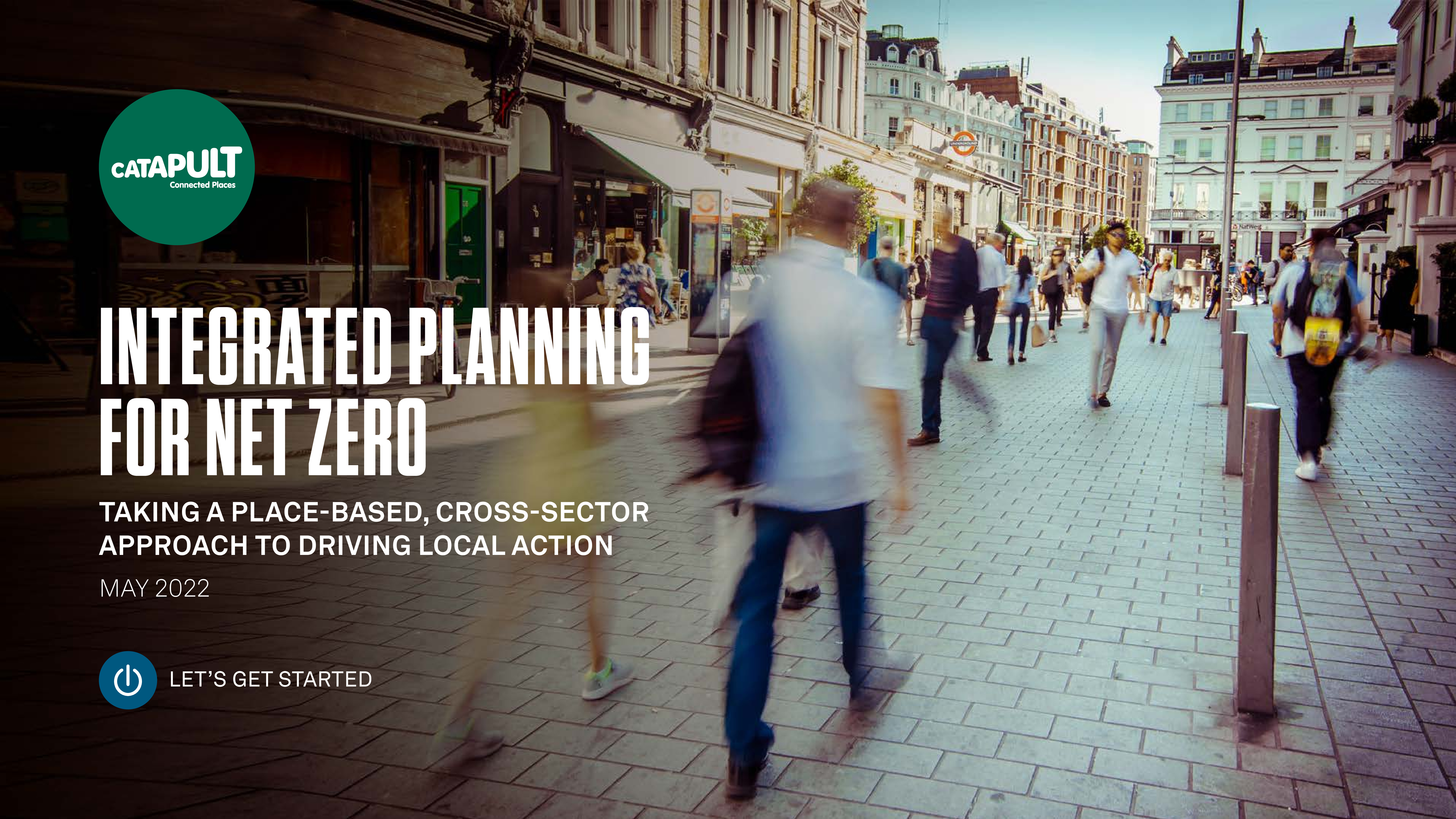This Playbook is the result of the UK Government commissioning the Catapult to conduct research and provide an overview of how two Indian megacities (Kolkata and Hyderabad) can learn from UK policy interventions in Manchester and London – and vice-versa – on topics such as clean and integrated transport, urban innovation, environmental initiatives, regeneration, and new infrastructure delivery.
It provides an overview of several case studies in these large UK and Indian urban centres and offers a framework for understanding and knowledge exchange between the UK and Indian approaches in planning, implementing and measuring the impact of projects and programmes to support their sustainable development. With a focus on ensuring local company involvement, the analysis also focused on how the two countries’ large cities can leverage and unlock investment with target ecosystems to catalyse innovation and economic activity.




